General description
A cell-permeable, blood-brain barrier permeable, potent activator of Nurr1/NR4A2-dependent transcription activity in (EC₅₀ = 3.9 nM in MN90 cell line).
A cell-permeable, isoxazolopyridinone compound that acts as a potent activator of Nurr1/NR4A2-dependent transcription activity in reporter assays using Nurr1-expressing murine midbrain dopaminergic neuronal cell line MN9D (EC50 = 3.9 nM, Emax = 2.1-fold of basal activity) and exhibits oral availability as well as blood-brain-barrier permeability in mice. Preventive treatment (10 mg/kg/12h from 7th to 23rd day post MOG35-55 immunization) is shown to delay the onset (15 d.p.i. with & 12 d.p.i. without preventive treatment) and severity of experimental autoimmune encephalomyelitis (EAE) in a murine multiple sclerosis (MS) model in vivo, while no improvement of EAE symptoms is observed if the treatment starts after the disease onset (10 mg/kg/12h from 21 d.p.i. to 36 d.p.i.). Consistent with the known negative regulating role of Nurr1 against NF-κB pathway, preventive treatment is shown to result in significantly reduced expression of 16 NF-κB pathway genes in the spinal cord of EAE mice.
A cell-permeable, isoxazolopyridinone compound that acts as a potent activator of Nurr1/NR4A2-dependent transcription activity in reporter assays using Nurr1-expressing murine midbrain dopaminergic neuronal cell line MN9D (EC50 = 3.9 nM, Emax = 2.1-fold of basal activity) and exhibits oral availability as well as blood-brain-barrier permeability in mice. Preventive treatment (10 mg/kg/12h from 7th to 23rd day post MOG35-55 immunization) is shown to delay the onset (15 d.p.i. with & 12 d.p.i. without preventive treatment) and severity of experimental autoimmune encephalomyelitis (EAE) in a murine multiple sclerosis (MS) model in vivo, while no improvement of EAE symptoms is observed if the treatment starts after the disease onset (10 mg/kg/12h from 21 d.p.i. to 36 d.p.i.). Consistent with the known negative regulating role of Nurr1 against NF-κB pathway, preventive treatment is shown to result in significantly reduced expression of 16 NF-κB pathway genes in the spinal cord of EAE mice.
Please note that the molecular weight for this compound is batch-specific due to variable water content.
Biochem/physiol Actions
Cell permeable: yes
Primary Target
Nurr1/NR4A2
Warning
Toxicity: Standard Handling (A)
Reconstitution
Following reconstitution, aliquot and freeze (-20°C). Stock solutions are stable for up to 3 months at -20°C.
Use only fresh DMSO for reconstitution.
Other Notes
Montarolo, F., 2014. PLoS One.9, e108791.
Hintermann, S., et al. 2007. Bioorg. Med. Chem. Lett.17, 193.
Legal Information
CALBIOCHEM is a registered trademark of Merck KGaA, Darmstadt, Germany
Molecular Weight: 390.43. Empirical Formula: C23H22N2O4. Assay: ≥. 98% (HPLC). Quality Level: 100. form: solid. manufacturer/tradename: Calbiochem®. . storage condition: OK to freeze. color: off-white. solubility: DMSO: 50 . mg/mL. storage temp.: 2-8°C. Storage Class Code: 11 - Combustible Solids. WGK: WGK 3. Flash Point(F): Not applicable. Flash Point(C): Not applicable.- UPC:
- 51182217
- Condition:
- New
- Availability:
- 3-5 Days
- Weight:
- 1.00 Ounces
- HazmatClass:
- No
- MPN:
- 5327220001












